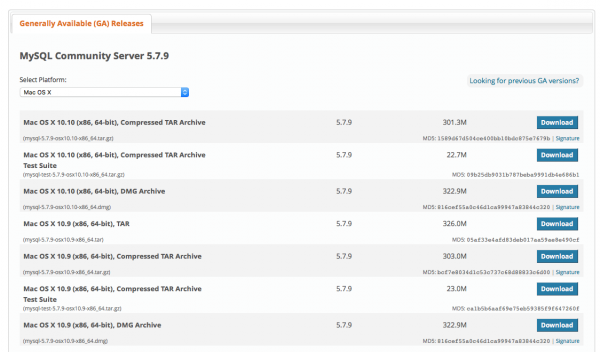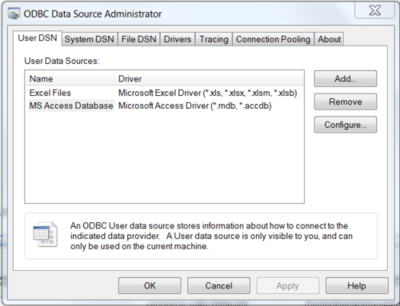How To Uninstall Mysql Database Server For Mac
I accidentally installed the PowerPC version of MySQL on my Intel Mac in Snow Leopard, and it installed without a problem but of course doesn't run properly. I just didn't pay enough attention.
Now when I try to install the correct x86 version it says that it can't install because a newer version is already installed. A Google query led me to perform these actions/delete these files to uninstall it: sudo rm /usr/local/mysql sudo rm -rf /usr/local/mysql. sudo rm -rf /Library/StartupItems/MySQLCOM sudo rm -rf /Library/PreferencePanes/MySQL. rm -rf /Library/PreferencePanes/MySQL. sudo rm -rf /Library/Receipts/mysql. sudo rm -rf /Library/Receipts/MySQL. And finally removed the line MYSQLCOM=-YES- from /etc/hostconfig They haven't seemed to help at all.

I am still receiving the same message about there being a newer version. I tried installing an even newer version (the current Beta) and it also gave me the same message about a newer version already being installed. I can't uninstall it from the Prefs Pane because I never installed the PrefPane also. Aside from the long list of remove commands in your question, which seems quite comprehensive in my recent experience of exactly this issue, I found mysql.sock running in /private/var and removed that. I used find / -name mysql -print 2 /dev/null.to find anything that looked like a mysql directory or file and removed most of what came up (aside from Perl/Python access modules).
You may also need to check that the daemon is not still running using Activity Monitor (or at the command line using ps -A). I found that mysqld was still running even after deleting the files. You need to identify where MySQL was installed to before attempting to delete it.


How To Uninstall Mysql Linux
I always use the to installing under Mac OS X which builds MySQL from source. When setting up the build you can specify a directory under which to install MySQL with the -prefix parameter. You should make sure the directory does not exist and attempt to install from source./configure -prefix=/usr/local/mysql -with-extra-charsets=complex -enable-thread-safe-client -enable-local-infile -enable-shared -with-plugins=innobase.